Why You Should Never Trim Your Trees Yourself
Trimming your trees is a vital part of taking care of your yard. According to Landscape Business, tree care is the most-used landscaping service over the past 12 months, followed by mowing, pest control, and weed prevention and control. If you're on the fence about hiring a tree trimming service, then here's a few reasons why you should avoid trimming your own trees.
Protect Yourself
Even if you have the tools at home to remove limbs and cut down small trees, you can seriously hurt yourself if something goes wrong. Professionals know how to properly secure branches and trees before cutting them down to prevent these injuries. Instead of risking getting injured, just call a professional team to do the work for you.
Protect Your Home
Branches and trees don't always fall where you want them to, and that can be a major problem when you're trimming near your home. When you hire an expert to trim your trees, you don't have to worry about falling branches causing major roofing or siding damage. Keep your home and family safe by hiring a team who’s been trimming trees for years.
Keep Your Trees Healthy
There's a right and wrong way to trim trees, and trimming the wrong way can damage or even kill your plants. Hiring a tree trimming service is the best way to make sure you’re completing the job in a way that promotes growth and keeps them healthy in the long run. Doing so will also keep your property looking beautiful all year long.
Save Time
Even if you had the knowledge and expertise to trim your own trees, it can take a lot of time. Hiring professional tree trimmers means you don't have to spend your time inspecting your trees and carefully trimming branches. All you have to do is pick up the phone and let the experts take care of the rest.
Save Money
Tree trimming mistakes can cost you a lot of money, whether you hurt yourself, damage your home, or kill an expensive tree. Hiring professionals to trim your trees is a great investment that will save you money in the long run. Don’t lose money after improper trimming.
Regularly trimming your trees is a big part of keeping them healthy and protecting your home, but it's not as simple as trimming a few branches that are in the way. Hiring professionals helps you keep your trees healthy and prevent damage caused by falling limbs. Next time you need a tree trimming service, give Affordable Tree Care a call.
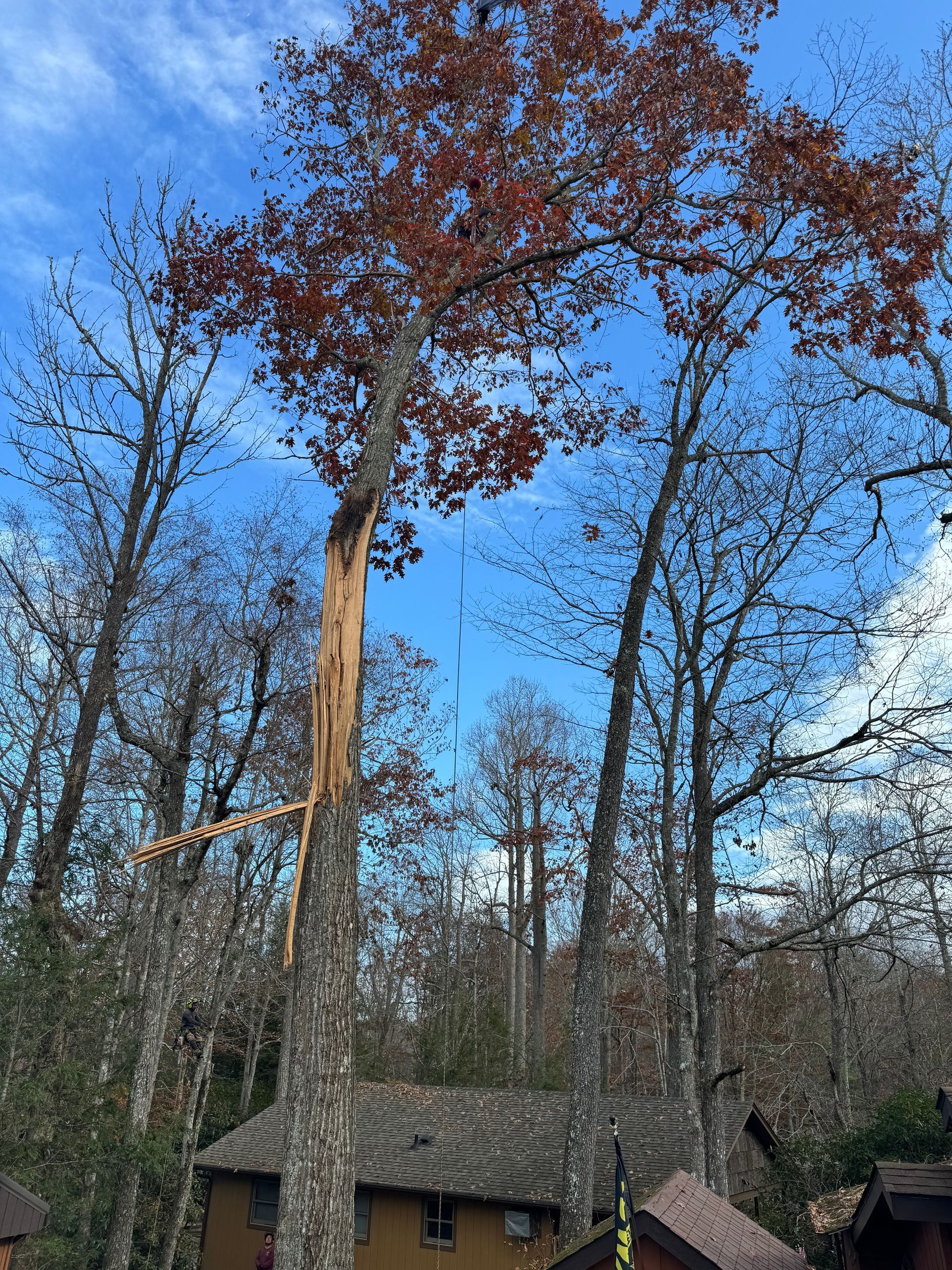

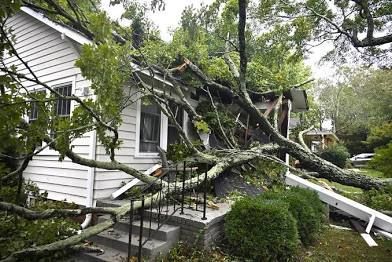
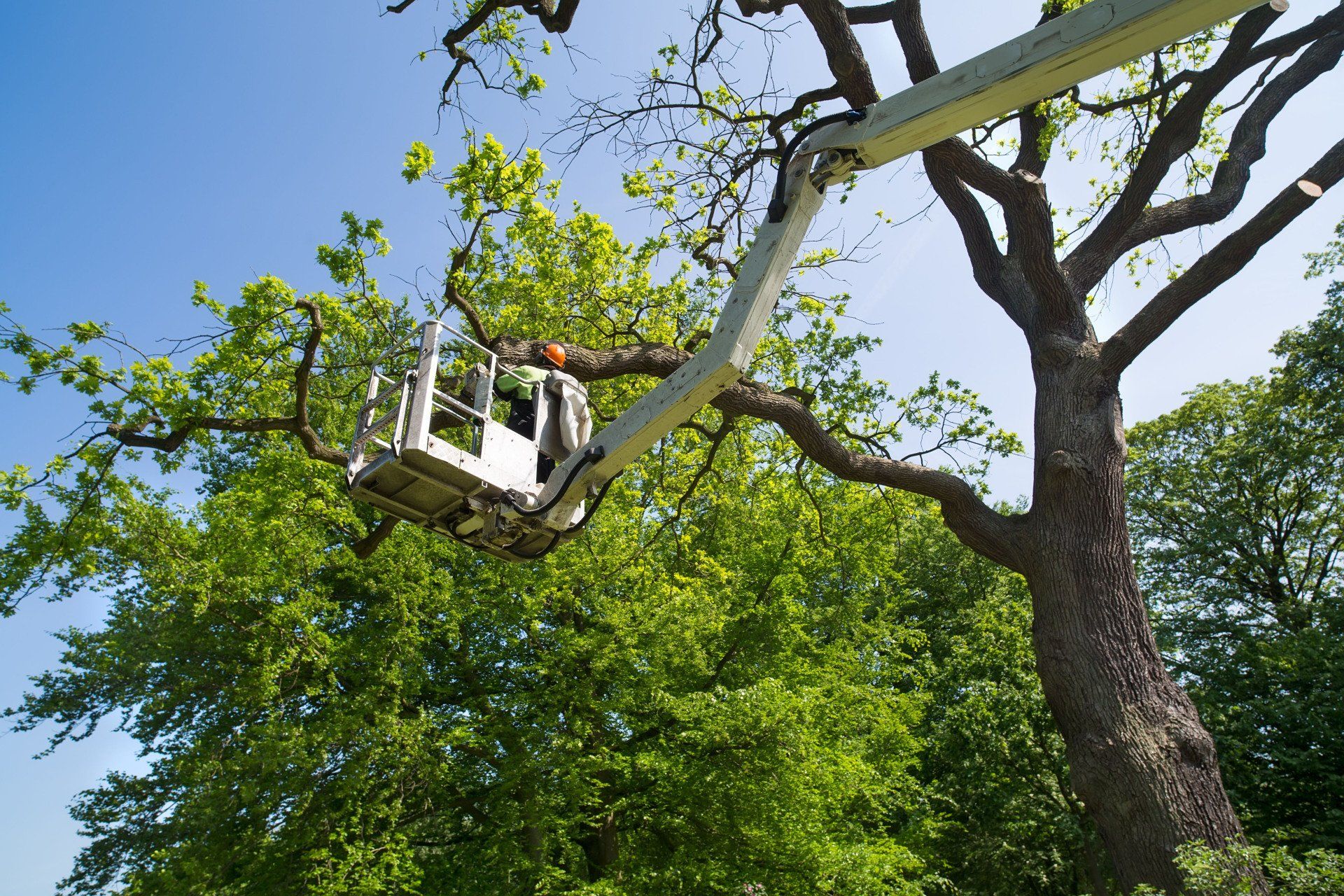


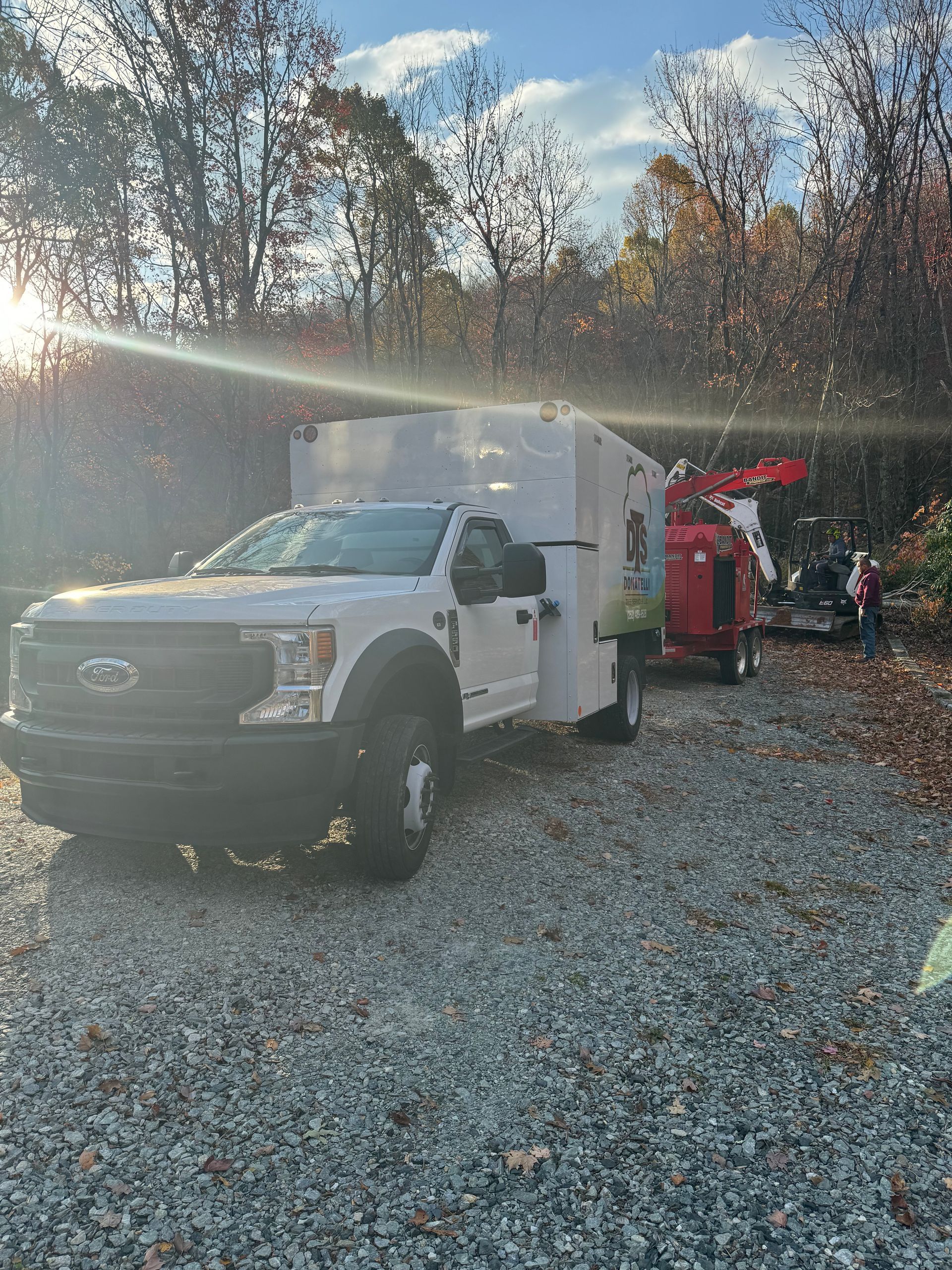
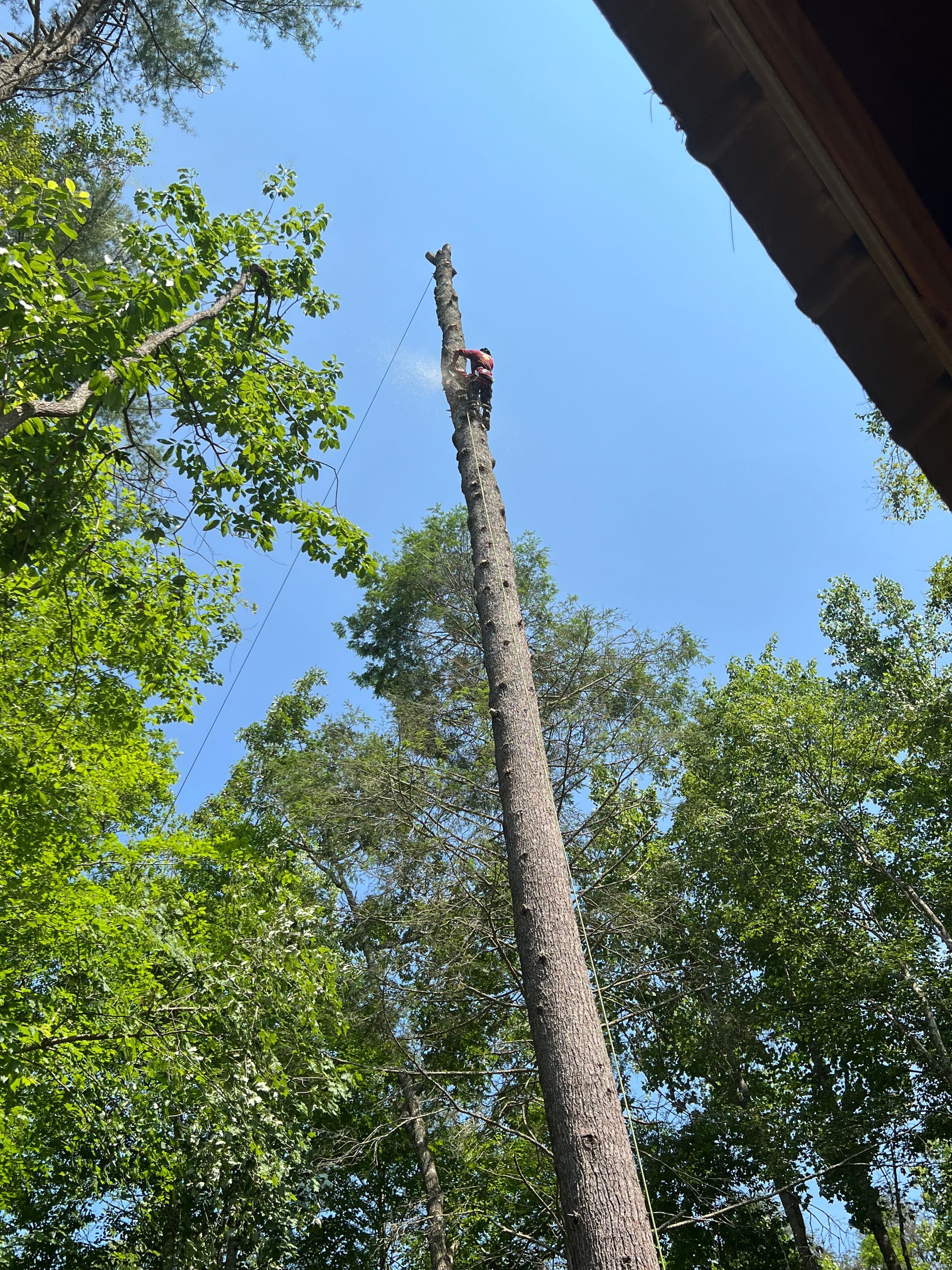
Share On: